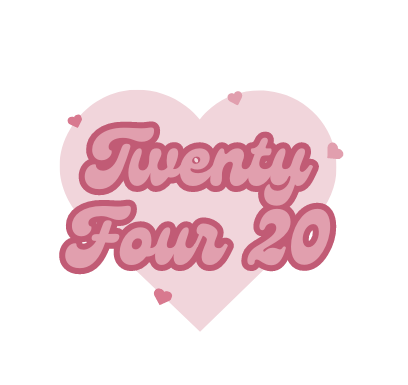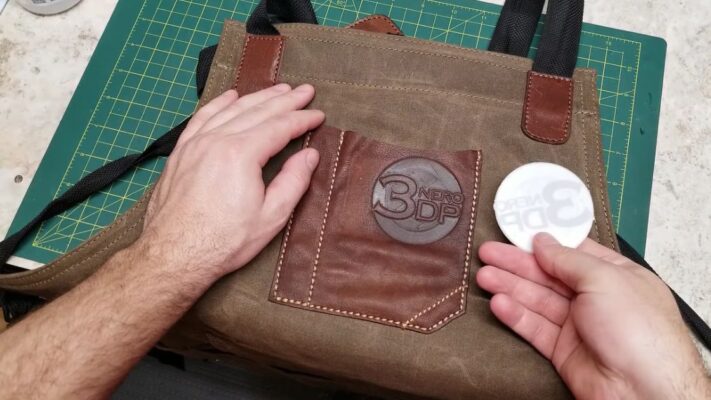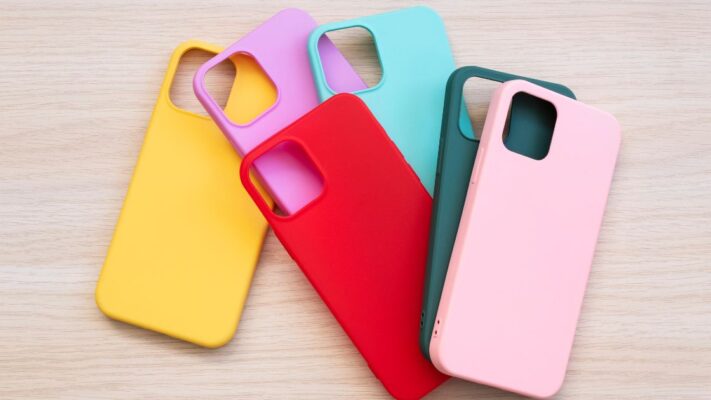Digital design is a type of visual communication that presents information to users on electronic devices, such as computers, tablets, or mobile phones. It covers a wide range of designs, including websites, mobile app interfaces, graphics for social media, video game animations, 3D modeling, and more. In this article, we’ll explore the different types of digital design, areas of expertise, and how to get started.
Contents
What is digital design?
Design engineering is the process of creating visual content developed on electronic devices. It is not limited to just displaying static, interactive or animated graphics but still pays attention to the optimal user experience. Factors such as how users interact, appearance across diverse screens, and overall aesthetic can be considered to create a high-performing digital product. This includes button positioning, correct text, images and other digital elements to ensure convenience and enjoyment in the user experience.
Digital design refers to what is created and produced for viewing on a screen. Digital designs can include content such as multimedia presentations, social media collateral, email and web ads, digital billboards and signage, pitch decks, 3D modeling, and 2D animation. Due to the wider skill set needed to produce these pieces, graphic designers specializing in digital design are comfortable with standard industry tools (e.g., Illustrator, Photoshop and Indesign) and languages featured in digital assets (e.g., HTML5, JavaScript and CSS3).
Menal More – Electrical Engineer

Types of digital design
Digital design encompasses many types of user interfaces and purposes and can figure into a variety of personal or professional goals. Here are some of the most common types of digital designs:
Web design
Web design is the process of creating websites. It includes designing the layout, color scheme, typography, and other visual elements of a website. Web designers use a variety of tools and programming languages to create websites, including HTML, CSS, and JavaScript.

Mobile app design
Mobile app design is the process of creating the user interface and user experience for mobile applications. It includes designing the layout, color scheme, typography, and other visual elements of a mobile app. Mobile app designers use a variety of tools and programming languages to create mobile apps, including Java, Swift, and Kotlin.
Graphic design
Graphic design is the process of creating visual content for print or digital media. It includes designing logos, brochures, posters, social media graphics, and other visual elements. Graphic designers use a variety of tools and software to create visual content, including Adobe Photoshop, Illustrator, and InDesign.
User experience (UX) design
UX design is the process of creating the user experience for digital products. It includes designing the layout, navigation, and functionality of a digital product to ensure that it is easy to use and meets the needs of the user. UX designers use a variety of tools and techniques to create user-friendly digital products, including user research, wireframing, and prototyping.
User interface (UI) design
UI design is the process of creating the user interface for digital products. It includes designing the visual elements of a digital product, such as buttons, menus, and icons. UI designers use a variety of tools and techniques to create visually appealing digital products, including color theory, typography, and iconography.

3D design
3D design is the process of creating three-dimensional digital models. It includes designing objects, environments, and characters for use in video games, movies, and other digital media. 3D designers use a variety of tools and software to create 3D models, including Blender, Maya, and 3ds Max.
How to get started in digital design
Getting started in digital design requires a combination of creativity, technical skills, and knowledge of design principles. Here are some steps you can take to get started:
- Learn the basics: Start by learning the basics of design principles, color theory, typography, and layout. There are many online resources available to help you learn these skills, including Coursera, Udemy, and Skillshare.
- Choose a specialization: Decide which area of digital design you want to specialize in. Consider your interests, skills, and career goals when making this decision.
- Get the right tools: Invest in the right tools and software for your chosen area of digital design. For example, if you want to specialize in graphic design, you will need software like Adobe Photoshop, Illustrator, and InDesign.
- Build a portfolio: Create a portfolio of your work to showcase your skills and attract potential clients or employers. Your portfolio should include examples of your best work and demonstrate your ability to solve design problems.
- Practice, practice, practice: The more you practice, the better you will become. Look for opportunities to work on real-world design projects, such as designing a website for a friend or creating graphics for a local business.
Digital design software
There are many software options available for digital design, each with its own strengths and weaknesses. Here are some of the most popular software options for digital design:
Adobe Creative Cloud
Adobe Creative Cloud is a suite of software tools for graphic design, video editing, web development, and photography. It includes popular software like Photoshop, Illustrator, and InDesign.

Sketch
Sketch is a vector graphics software that is popular among UI and UX designers. It includes features like artboards, symbols, and shared styles that make it easy to create high-quality designs. Sketch is only available for macOS.

Figma
Figma is a cloud-based design tool that allows multiple users to collaborate on a design project in real-time. It includes features like vector networks, auto-layout, and prototyping tools.

InVision Studio
InVision Studio is a digital product design platform that includes features like vector editing, animation, and collaboration tools. It is available for macOS and Windows.

Adobe XD
Adobe XD is a vector-based design tool that is part of the Adobe Creative Cloud suite. It includes features like responsive design, prototyping, and collaboration tools.

Conclusion
As such, Digital design is a rapidly growing field that encompasses many different types of design. Whether you’re interested in web design, mobile app design, graphic design, or 3D design, there are plenty of opportunities to get started. I believe that by learning the basics of design principles, choosing a major, and investing in the right tools and software, you can build a successful career in digital design. Remember to practice, build your portfolio and stay up to date with the latest design trends to stay competitive in this exciting field.
Related Posts







